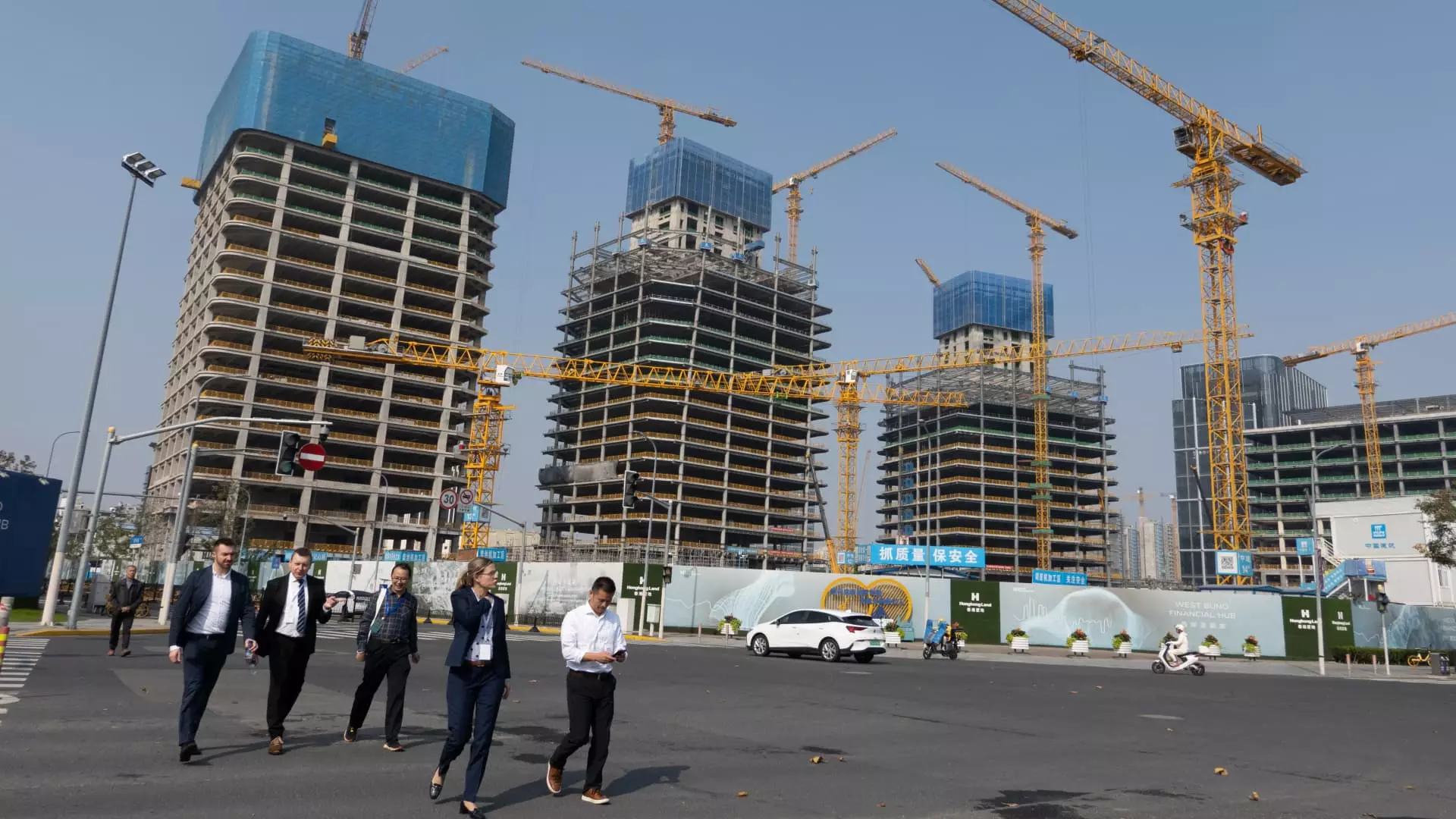As China’s economy grapples with sluggish growth and a depressed real estate sector, the central government’s plan to announce additional economic stimulus measures is expected to make waves both domestically and internationally. Following a critical five-day meeting of the National People’s Congress, observers are eager to see how policymakers will respond to ongoing economic challenges. Since September, there has been a notable uptick in stimulus announcements, leading to a significant rally in the stock market. These developments signify that China’s leadership, under President Xi Jinping, is keenly aware of the pressing need for economic revitalization.
Central to this forthcoming stimulus strategy is the aim to strengthen fiscal and monetary support while also addressing the persistent issues facing the real estate market. The People’s Bank of China has already initiated interest rate cuts to stimulate borrowing and investment; however, this tactic alone may not be sufficient. The government’s capability to increase spending and debt issuance requires formal endorsement from the National People’s Congress. Analysts speculate that during this critical standing committee meeting, an announcement might reveal an increased fiscal deficit—similar to last year’s decision to widen the deficit to 3.8%.
A notable element of this discussion is the anticipated increase in local government debt issuance limits. With a staggering 50 to 60 trillion yuan estimated in hidden local government debt, there is an urgent need to reconcile these debts through officially sanctioned mechanisms. Analysts, including those from Nomura, argue that by authorizing local authorities to issue an additional 10 trillion yuan in debt over the next few years, a significant reduction in annual interest payments could ensue, potentially benefiting local economies.
While there is optimism regarding heightened fiscal support as a reaction to Donald Trump’s recent election victory and the unexpected prospect of tariffs on Chinese goods, a cautious approach appears warranted. Analysts indicate that Chinese authorities might adopt a conservative stance, avoiding measures that directly place funds in consumers’ pockets. Previous statements from the Ministry of Finance emphasized the necessity to address local government debt, hinting at a prioritization of structural integrity over immediate consumer stimulus.
In light of the ongoing real estate slump, which has historically represented a primary revenue source for local governments, financial strategies are increasingly vital. The pandemic’s demands for resources and the corresponding financial strain on local governance exacerbate the complexities involved in horning fiscal recovery while tending to long-term debts.
As discussions unfold regarding the forthcoming stimulus measures, the focus should be on their potential effectiveness in revitalizing the economy while ensuring long-term sustainability. The anticipated government actions may provide crucial support to local authorities and buoy the economy, yet the balance of immediate relief versus structural stability remains delicate. In an interconnected global economic environment, the outcomes of China’s policies will not only shape its own economic landscape but will also heavily impact global markets and trade dynamics. The coming days are crucial as stakeholders observe how these new measures unfold, hoping for a pathway to recovery and sustained growth.

